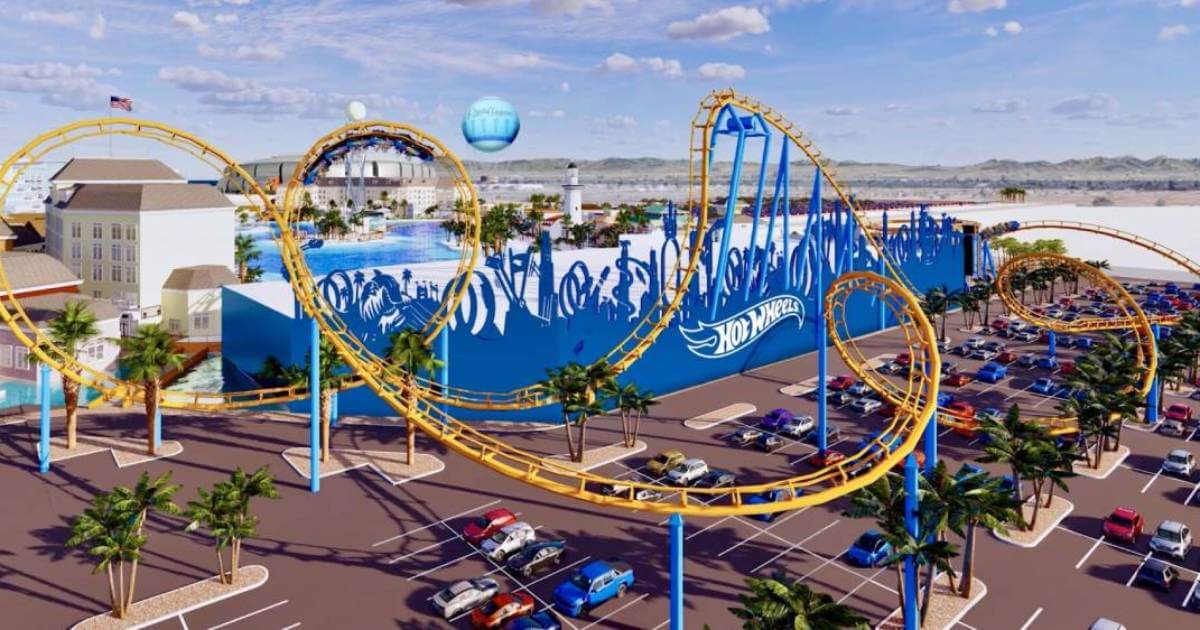LBE Will Abound at IAPPA

A host of new location-based entertainment (LBE) offerings, many of which are just now launching after being postponed by the pandemic, will be unveiled this week at the International Association of Amusement Parks and Attractions (IAPPA) show. But will this wave of in-person events be matched by consumer demand?
The amusement park industry is still working to return to pre-pandemic levels—Six Flags Entertainment last week reported attendance fell 8% in the third quarter, including a 15% decline in October tied to higher ticket prices—yet there is no shortage of plans for new licensed LBE attractions.
For example, Lotte World Adventure, designed by Legacy Entertainment, opened earlier this year in Busan, South Korea, marking the second park to carry the multinational company’s brand. Dark ride developer Triotech will launch a new ride in the Lotte theme park, building out a business that also includes a Ninjago facility at Legoland Resorts Korea.
And those are in addition to Mattel’s first adventure park, which is slated to open at the 11-acre Crystal Lagoons water park in Glendale, AZ with a Hot Wheels roller coaster as well as Hasbro licensee Rockafella Leisure opening the first Nerf Action Xperience in the U.K. in early 2023.
“LBE is evolving from a marketing innovation to being its own business and a P/L [profit and loss] statement and that has ripple effects,” said Mariano Otero, VP for the Americas at LBE developer Fever Labs. “The scale of LBE is allowing you to go everywhere and the impact is greater now.” Fever Labs, for one, is expanding the number of its “The Queens Ball: A Bridgerton Experience” LBE offerings to 40 in 2023 (up from 11 this year).
How these new facilities will be received by customers, however, will depend largely on factors beyond the control of operators and brand owners, including inflation, supply chain issues, and consumers having tightened budgets for entertainment, industry executives said.
“The amusement park industry is facing headwinds like inflation and higher gas prices. These facilities can be very dependent on middle America and the general public’s mood isn’t stellar at the moment,” said George Wade, president of the consulting firm Bay Laurel Advisors, which has worked with Crayola and Hasbro.
Whether the LBE industry is profitable moving forward will also depend on where these offerings are located in a given market and how much has to be budgeted to promote them. Another consideration is labor costs, which have also become an issue as many location-based entertainment offerings are unable to fully staff their locations and are instead working on a reduced schedule while paying higher wages.
A potential beneficiary of tighter consumer budgets could be smaller-scale efforts like pop-up experiences or touring live shows, which are less expensive and time consuming than amusement parks, industry executives said.
CAMP, for its part, launched an 8,000-square-foot LBE based on Disney’s Encanto in early October in New York. But, in addition to these full-scale LBE efforts, CAMP has also focused on meet-and-greets with characters like BBC’s Bluey as a faster (and less expensive) means for bringing IPs to market.
This kind of offering is an opportunity to get your brand out in the world much faster than the four months required to assemble a full CAMP experience, according to Michael Abata, director of growth partnerships at CAMP. These smaller-scale LBEs also helps gauge whether there is enough demand from consumers to warrant a fuller experience, he said.
“Experiential entertainment is more than just the big theme parks but everyone looks at them because they drive such big attendance and revenue,” said Wade. “Everyone is cautiously optimistic that the industry will continue growing, but no one can really place a good bet on what this [is ultimately] going to be and what it will look like.”




